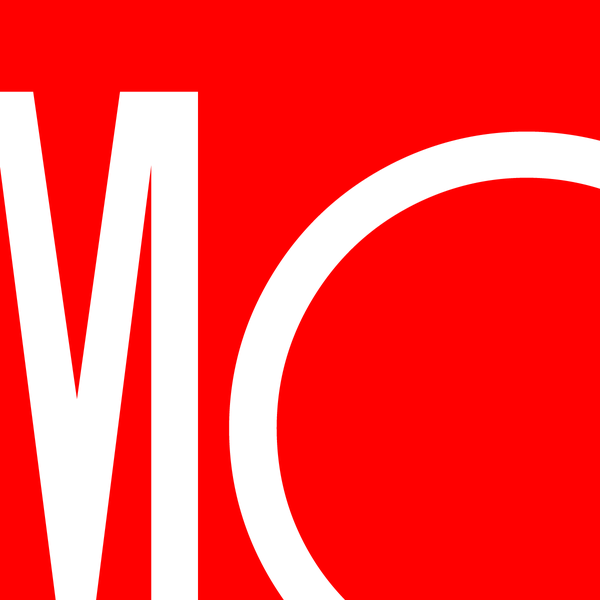The Morningstar Economic Moat Rating™ is a proprietary data point that refers to how likely a company is to keep competitors at bay for an extended period. One of the keys to finding superior long-term investments is buying companies that will be able to stay one step ahead of their rivals, and it is this characteristic—think of it as the strength and durability of a firm's competitive advantage—that the moat rating measures.
Morningstar Economic Moat Rating™
What is an economic moat?
One of the first things we do when determining a firm's economic moat is look at the company's historical financial performance. Companies that have generated returns on capital higher than their cost of capital for many years running usually have a moat, especially if their returns on capital have been rising or are fairly stable. Of course, the past is a highly imperfect predictor of the future, so we look carefully at the source of a company's excess economic profits before assigning a moat rating.
A company whose competitive advantages we expect to last more than 20 years has a wide moat; one that can fend off its rivals for 10 years has a narrow moat; while a firm with either no advantage or one that we think will quickly dissipate has no moat.
For example, a competitive advantage created by a hot new technology might not last because it won't be too long before someone comes along and invents a better widget.
Morningstar has identified five sources that give companies economic moats:
Network effect. A network effect occurs when the value of a company’s service increases for both new and existing users as more people use the service. For example, the more consumers who use a credit card brand, the more attractive that payment network becomes for merchants, which in turn makes it more attractive for consumers, and so on.
Intangible assets. Patents, brands, regulatory licenses, and other intangible assets can prevent competitors from duplicating a company’s products or allow the company to charge higher prices. For example, patents protect the excess returns of many pharmaceutical manufacturers. When patents expire, generic competition can quickly push the prices of drugs down 80% or more.
Cost advantage. Firms with a structural cost advantage can either undercut competitors on price while earning similar margins, or they can charge market-level prices while earning relatively high margins. A large health benefits provider, for example, could control such a large percentage of U.S. pharmaceutical spending that it can negotiate favorable terms with suppliers like drug manufacturers and retail pharmacies.
Switching costs. When it would be too expensive or troublesome to stop using a company’s products, that indicates pricing power. Architects, engineers, and designers spend their entire careers mastering certain software packages, which creates very high switching costs.
Efficient scale. When a niche market is effectively served by one or only a handful of companies, efficient scale may be present. For example, midstream energy companies often enjoy a natural geographic monopoly. It would be too expensive to build a second set of pipes to serve the same routes; if a competitor tried this, it would cause returns for all participants to fall well below the cost of capital.

